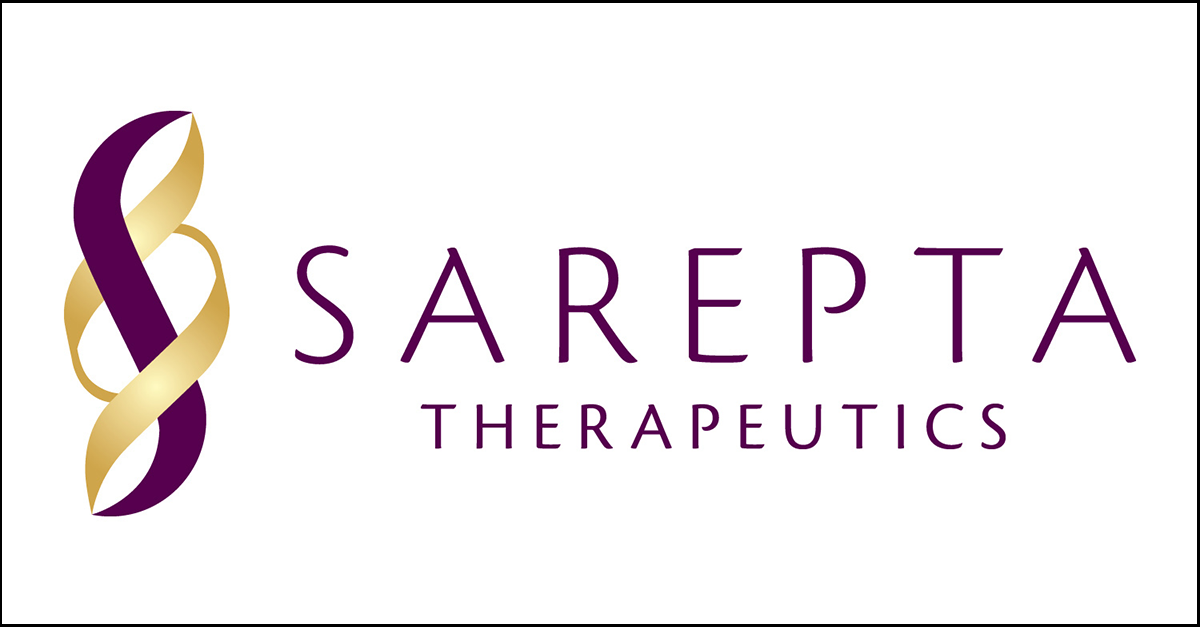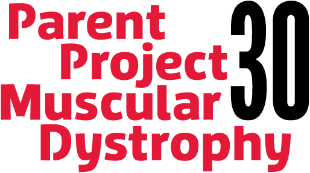
PPMD is thrilled to learn that the FDA has accepted for filing and granted priority review for the Biologics License Application (BLA) for Sarepta’s gene therapy product, SRP-9001 (delandistrogene moxeparvovec) for the treatment of ambulant Individuals with Duchenne. Under the Prescription Drug User Fee Act (PDUFA), the FDA has set a target action date of May 29, 2023 to complete its review and announce its decision.
Sarepta has requested accelerated approval for SRP-9001 for ambulatory individuals living with Duchenne. The accelerated approval pathway can grant approval based on a surrogate or intermediate clinical endpoint. This pathway has been used previously for all four currently approved exon-skipping products based on the production of dystrophin protein and its likelihood to provide benefit. If accelerated approval is granted additional confirmatory studies will be needed, Sarepta has proposed the ongoing EMBARK study be used. Additionally, they have shared plans for generating data in a non-ambulatory population through their ENVISION study in 2023 in order to pursue approval in that population.
SRP-9001 is an investigational gene transfer therapy intended to deliver a micro-dystrophin-encoding gene to muscle tissue for the targeted production of the micro-dystrophin protein. The SRP-9001 development program is sponsored by Sarepta Therapeutics, in partnership with Roche, and has been partially funded by PPMD.
We look forward to additional updates from Sarepta as the review process continues, and we are so grateful to all of the families who have participated in this trial. We are hopeful that SRP-9001 will be another approved therapeutic option for the Duchenne community. For more information read Sarepta’s press release as well as the community letter.
PPMD has also compiled a Frequently Asked Questions document below in an effort to educate the community on the BLA process.
Frequently asked questions regarding FDA Submissions for New Drug Applications and Biologics License Application:
1. What is the difference between an NDA and a BLA?
- The standards for submitting a New Drug Application, or NDA (for a small molecule drug, usually chemically derived, as described in the Code of Federal Regulations) and a Biologics License Application, or BLA (for a biologic agent, which could be a large molecule, cell therapy or gene therapy product, which is described in the Public Health Service Act) for FDA review are very similar for clinical data required (the standard being for substantial evidence of efficacy with benefits outweighing risks).
- The major difference between the two is in the Chemistry, Manufacturing, and Control (CMC) submission requirements – biologic agents are in general far more complex in their manufacturing requirements. Both gene therapy products and cell therapy products have separate and extensive CMC guidances which require requirements for proof of safety, purity and potency of the final product, and both product and production facility must meet rigorous inspection requirements due to the greater variability of biologic products.
- Both BLA and NDA products have most of the same regulations and guidances- for example, all have IND (investigational new drug) applications, orphan drug designation, expedited programs (fast track/breakthrough designations, priority review and accelerated approval pathways) as well as similar labeling and advertising standards, and pediatric study requirements. Both BLAs and NDAs are overseen by the standards in the Prescription Drug User Fee Act (PDUFA) legislation which is reviewed and authorized by Congress every 5 years.
2. Who is CBER and how do they differ from ‘CDER’?
- CBER and CDER are divisions of the FDA.
- CDER provides oversight and review of both small molecule NDAs and therapeutic biologic BLAs (which the Office of Oncology Excellence reviews for cancer therapies which are biologics). Thus far, Duchenne approvals have come out of CDER.
- CBER is responsible for review of blood, vaccine, cell therapy and gene therapy biologic applications.
3. Who is OTAT? Can you explain OTAT’s role in the process?
- The Office of Tissues and Advanced Therapies (OTAT) is one of three product offices within CBER responsible for regulatory oversight of biological products.
- OTAT oversees the review of all gene and cell therapies.
- OTAT is an office within CBER and CBER is a division within the FDA.
4. Who leads this office?
- Dr. Wilson Bryan, an experienced neurologist with decades of experience at FDA, is the Director of OTAT.
5. Does the Office of Tissues and Advanced Therapies have the final authority on whether/if the BLA is approved?
- Yes- although such major decisions are typically reviewed by signatory authorities such as OTAT with senior management (other members within the FDA).
6. How long is the FDA process for a BLA?
- PDUFA applies to both NDAs and BLAs- submission to filing. Once the sponsor has submitted, a clock is set for either 6 months (priority review) or 10 months (standard review).
- Within the first 2 months (60 days) of submission, FDA will make a decision related to review of the submission and notify the sponsor.
- Within that first review cycle – a decision may then be:
- Approval,
- FDA has agreed to review the submission, or
- A “complete response”, which indicates that review is complete and the application is not ready for approval)
7. How many days will it take for the FDA to respond to a BLA submission?
- PDUFA standards apply as above, and if an application is accepted for filing, FDA provides the sponsor company periodic review updates during the review cycle. Not all products are approved at a first review cycle, depending on whether FDA has raised questions that require new data or analyses to permit a full review process.
8. What if the FDA does not accept a BLA? What happens then? How is it communicated? Do trials keep going?
- FDA may issue a “Refusal to File ” at up to 60 days after submission, which could be on the basis of required information which is missing or insufficient, inoperable electronic file or other requirement gaps.
- The sponsor company must then address any missing information prior to resubmitting the BLA. The FDA formally communicates this kind of action to companies.
- There is no direct impact on ongoing trials, unless FDA separately raises safety questions which may require a study to be modified (partial clinical hold) or suspended (complete clinical hold).
9. Are the tools/pathways the same for both CDER and CBER (accelerated approval, full approval, etc.) and who makes the decision or recommendation around the specific pathway?
- In general, there are the same tools/pathways, excepting CMC. Review division makes pathway and priority vs standard review decision.
- The differences relate more so to the product type (gene therapy, other biological or chemical agent) than because of separate processes at CDER or CBER. For example, most guidances covering NDAs and BLAs are jointly authored by and apply to both CDER and CBER.
10. FDA has issued several guidance documents. Describe the impact of these documents on submissions/approvals.
- While not formally binding, the applicable guidances provide general advice applicable to most submissions. Detailed requirements for submissions are well described in the guidances. Sponsor companies must either adhere to all applicable guidelines and guidances for submissions, or to provide justification for any exceptions. All such documents are publicly available.
11. Should the community anticipate an Advisory Committee Hearing for this or other BLA submissions? Who oversees that process?
- FDA has the discretion to require or bypass an Advisory Committee – the review office/division makes that determination, often with consultation with Center management.
- The process is overseen by FDA under applicable guidances and procedural guidelines.



 by: Parent Project Muscular Dystrophy
by: Parent Project Muscular Dystrophy

